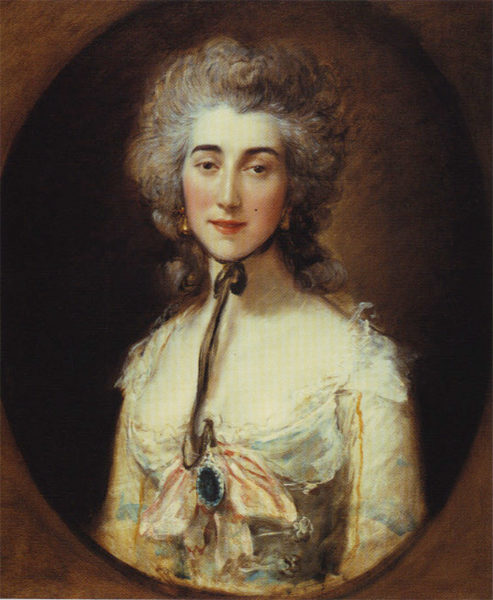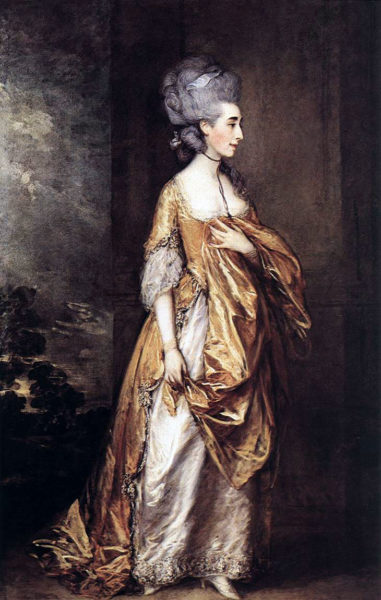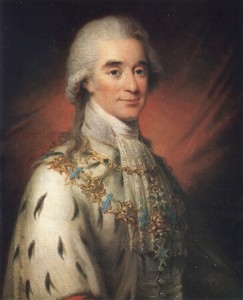Definition of Courtesan

From the 2016 edition of Merriam-Webster: a woman who has sex with rich or important men in exchange for money : a prostitute who has sex with wealthy and powerful men.
Allow me to introduce you to a Scottish woman, Grace Dalrymple Elliott (1754–1823). She was one of the more intriguing personalities of her time (kind of like Kim Kardashian to some of today’s star gazers). While Grace’s exploits were dutifully reported at the time by several of London’s widely read gossip newspapers, she is virtually forgotten today (as I’m sure Kim will be forgotten 200 years from now).
Grace and the French Revolution
I always get excited when I find something new (at least to me) about the French Revolution. This is especially true when it comes from a contemporary source. This time it is courtesy of Grace’s memoirs.

What we really know about Grace comes from her book and memoir Ma Vie Sous La Révolution (Journal of My Life During the French Revolution) that was published by her granddaughter after Grace’s passing in 1823. Despite Victorian censuring and I’m sure lapses in Grace’s memory, the book provides an interesting glimpse into the Revolution from the view of a participant. Other than this brief memoir, historians (e.g., Joanne Major and Sarah Murden, co-authors of An Infamous Mistress) have had to piece together her life from various third party sources and historical records. Read More Grace Under Fire


